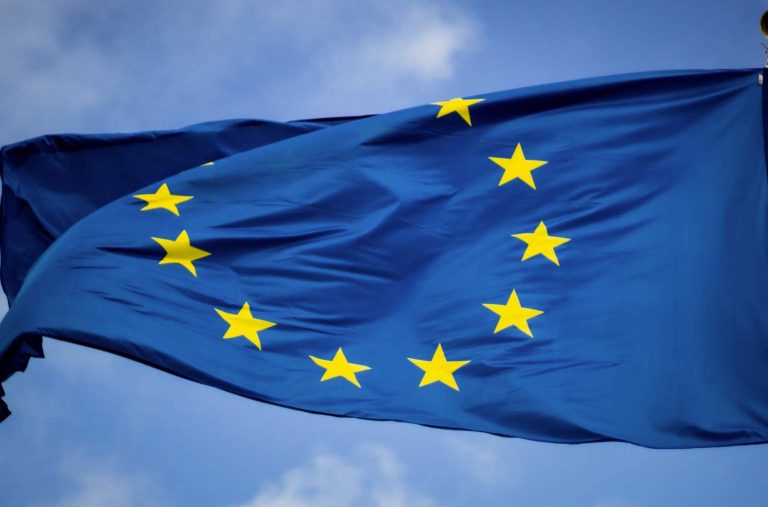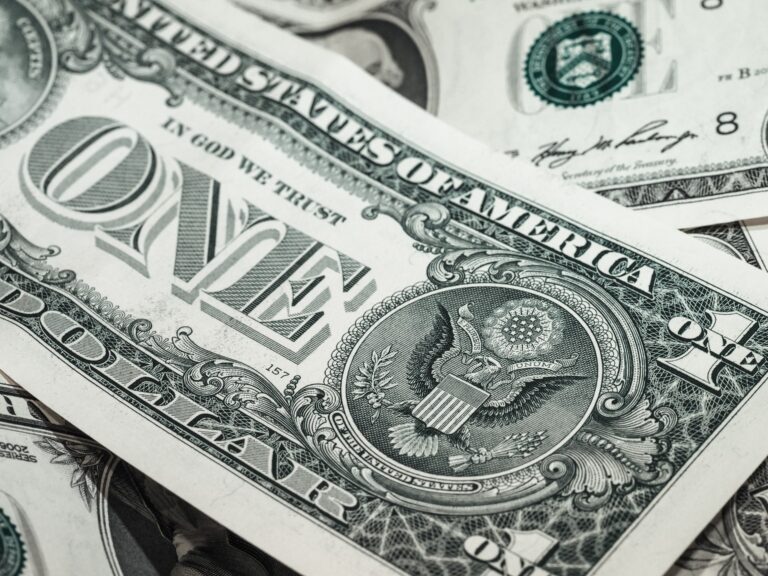
Morning Brief – EURUSD
The world’s most significant and liquid currency pair continues to trend higher. Despite uncertainty surrounding the EU recovery fund and obstacles therein proving to be seemingly unmoveable, support for the single European currency remains resilient. But for how long? Next week the ECB will meet to set the agenda for monetary policy across the Union. Defying the legacy of her predecessor, ECB President Christine Lagarde has described next week’s meeting as a chance to recalibrate the instruments of economic and monetary management.
You can bet that the Euro’s rapid appreciation is of no small concern to the ECB who, the last time it reached present levels, rolled out Philip Lane to push the pair back to more palatable levels. The reason for the recalibration from the ECB coming up next week is because the Eurozone economy is looking likely to record deeply negative growth this quarter, let alone achieve its 3.1% quarter-on-quarter growth rate that was recently forecasted. With Germany extending its lockdown until only a few days before Christmas, that number appears to have been forged through rose tinted spectacles.
The Euro will remain one reality of the European economy that is responsible for undermining both GDP and inflation. Current estimates are that the Euro at its newfound level versus the Dollar could undermine GDP and inflation by 0.2 and 0.1% respectively. So, what will the ECB do next week and what implication will that have upon the Euro?
The options available to the Bank are limited by the disaster era monetary policy that the bank already applies. The deposit facility, the main interest rate instrument of the bank is and has been in deeply negative territory since 2014. Alongside recalibrating economic forecasts, the ECB looks set to increase the pandemic emergency purchase programme by as much as half a trillion euros, pushing the horizon of quantitative support through to the end of 2021. Further QE instruments including APP and TLTRO are also expected to be on the agenda in another tidal wave of money in the tsunami of European liquidity.
The sell-off in the US Dollar has been significant and convicted with all but one G10 currency seeing long contracts held against the Dollar increase in the most recent observation period. Positioning in the US Dollar has now fallen to -12.4% of open interest. As this trend continues the Dollar’s decline runs the risk of being oversold and the build-up in net short positions particularly as Biden transitions into the White House could force a short squeeze.
Discussion and Analysis by Charles Porter

Click Here to Subscribe to the SGM-FX Newsletter
Related Insights

Daily Brief – EU Inflation
EU Inflation With the ECB annual symposium meeting in sunny Sintra, Portugal, inflation is very much on President Lagarde’s mind ; that is because it is showing signs of rising with the monthly inflation rate showing an increase of 0.3% and that presages a break above the target 2% rate just as she and her colleagues […]

Daily Brief – Gold
Gold With Gold accounting for the second highest proportion of Central Bank reserves after the USD and the mood music shifting to it assuming a greater influence on future reserves management, it is worth looking at the numbers behind that. In the 1960s, Central Banks held the highest amount historically of 38,000 tons of gold. […]

Daily Brief – US Dollar
US Dollar Markets not liking POTUS pontificating on the Federal Reserve’s interest rate policy on Wednesday, and less still on his view about the competence or otherwise of Chairman Powell. Given the past few weeks, the betting is that Powell’s time is over either being replaced or having a Trump nominee second guessing him but […]



 Humphrey Percy
Humphrey Percy